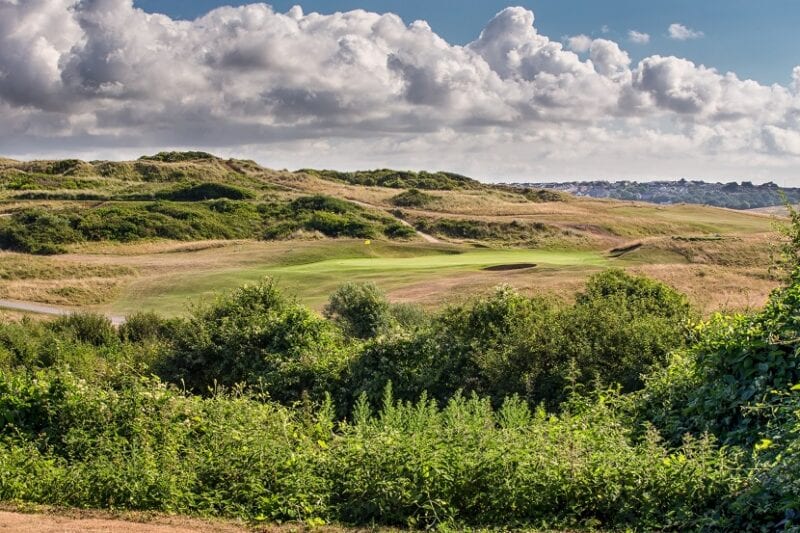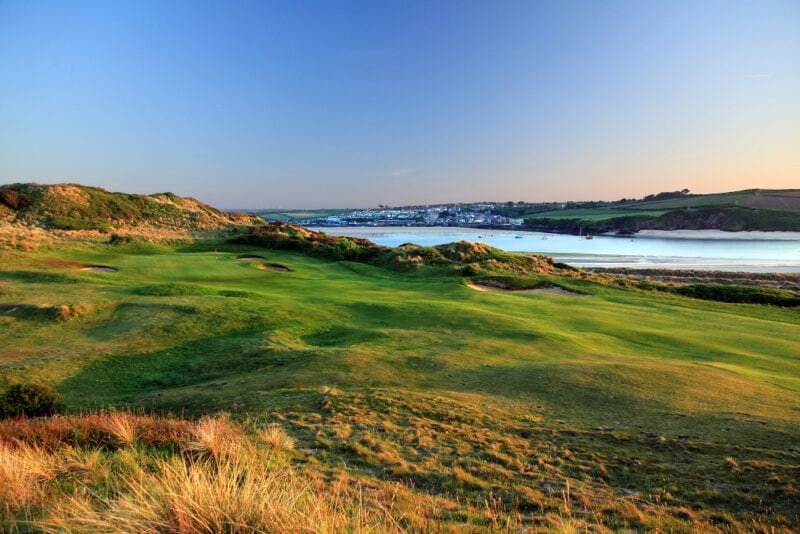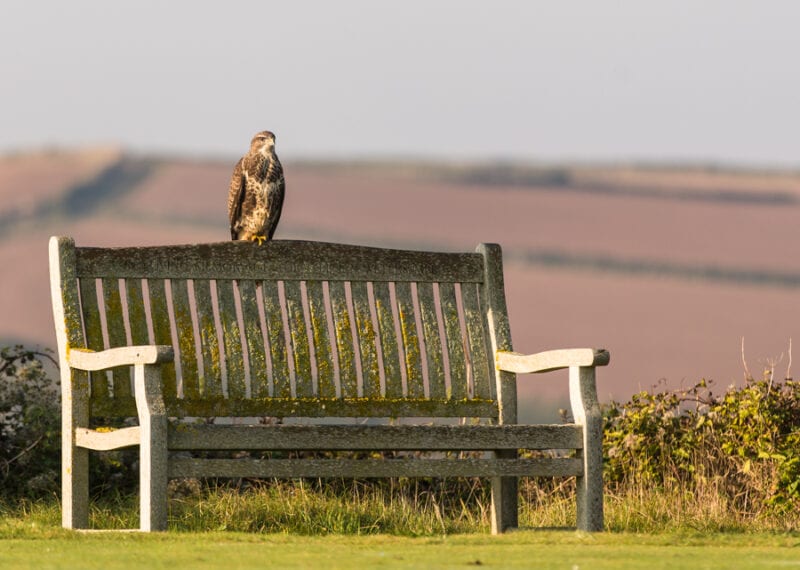The St Enodoc Golf Club in north Cornwall, England has just embarked on a 5-year ecological management plan to return both its championship Church Course and Holywell Course back to a biodiverse landscape.
Their intention was to find the right balance between the quality of the game of golf and the terrain on which the course was originally built over 100 years ago.

The club has already spent the last few years working alongside Natural England to get rid of the scrub plant species that had inveigled their way onto both courses over the years and had come to dominate where there has previously been a lack of management or disturbance.
The removal of these species will allow fescue and other natural grasses to make a return to the land that will then attract the proliferation of fauna that thrive in this habitat.
A program of dune restoration, for example, has been undertaken with Natural England to reinstate the more natural links landscape that James Braid would have come across when he designed St Enodoc back in 1890.

As part of the course makeover, St Enodoc has taken advice from agronomist and golf course advisor, Chris Haspell, who has wide experience in constructing golf courses that sit naturally in their environment.
Haspell is probably best known for his work at the World Top 100 Castle Stuart Golf Links in the Highlands of Scotland.
In tandem with guidance from Haspell, St Enodoc Golf Club has been in consultation with Rowan Rumball of STRI who late last year produced ecological management plans for the next five years for both the Church and the Holywell Courses, which will be reviewed by Rumball on an annual basis.

As part of the STRI program, St Enodoc Golf Club:
- eradicated a number of non-native trees such as the leylandii that have been taken out from the edge of the 18th green and the area formed into a species-rich sand scrape;
- a willow tree in the pond at the 15th has been removed for health and safety reasons and to improve the views on this hole;
- a nearby water course was cleaned out between the 15th and 5th holes to aid biodiversity;
- tamarisk hedging behind the 11th green has been removed to give it more light and to protect it from the roots that were spreading themselves underneath the green and affecting the grass;
- the various changes to the courses’ flora will see a return of the fauna such as reptiles, spiders, and moths associated with links ground to the restored habitat.
The unhidden dream of St Enodoc Golf Club is to become GEO certified. By 2024, St Enodoc will have carried out 8 years of conservation and sustainable coastal dune management on its two courses which it regards as good husbandry of the land.

